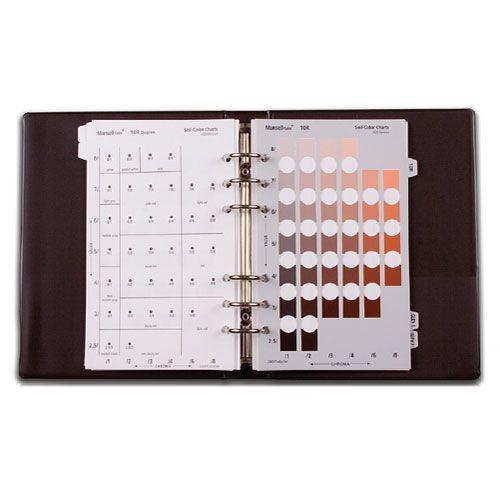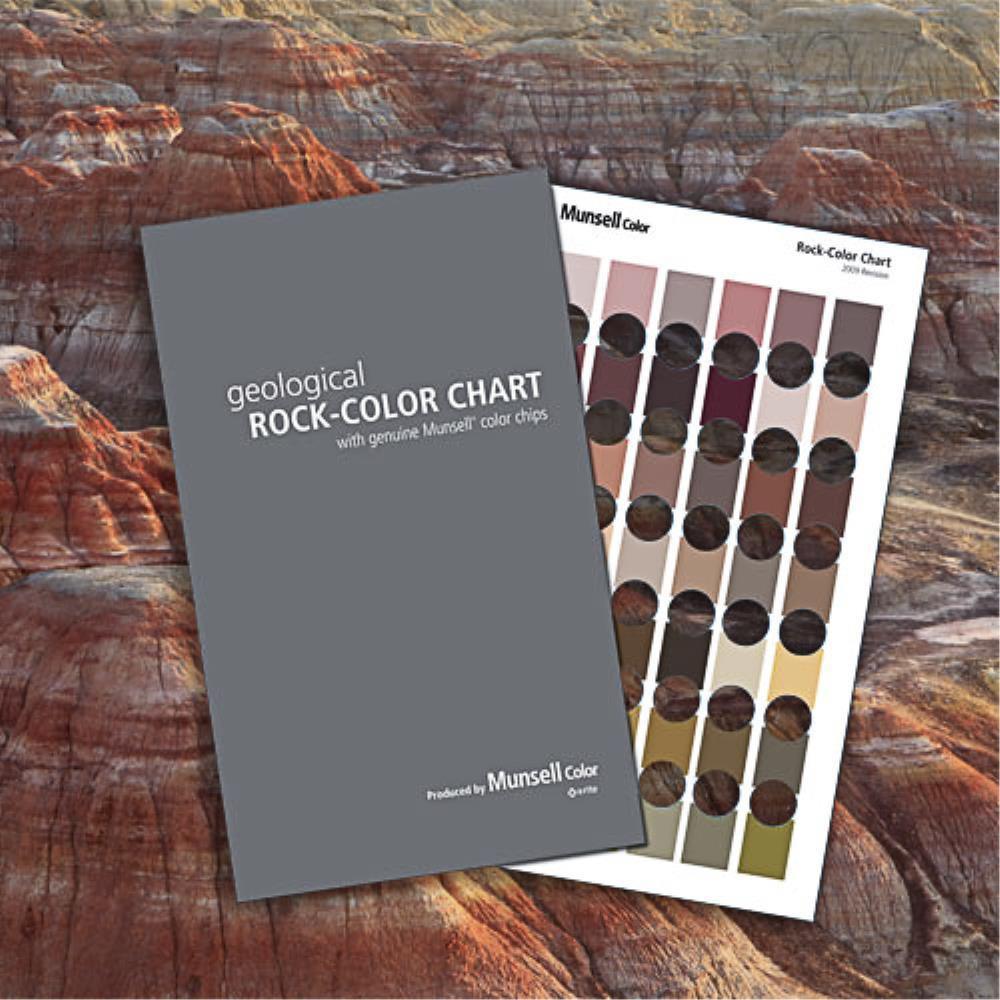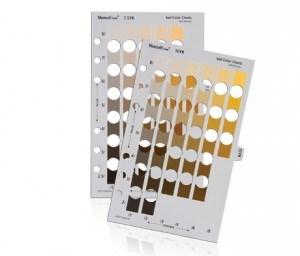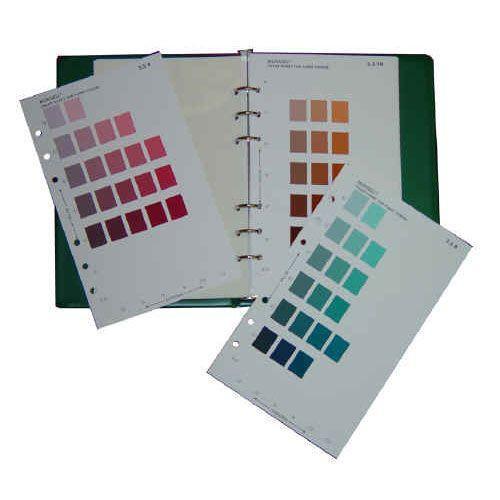Munsell
5 products
Showing 1 - 5 of 5 products
The Universal Language of Colour
At the beginning of the 20th century, Professor Albert H. Munsell brought clarity to colour communication by establishing an orderly system for accurately identifying every colour that exists. Munsell based his system on what he defined as “perceived equidistance,” the human visual system’s perception of colour.The Munsell Colour Order System
The Munsell Colour Order System is a three-dimensional model based on the premise that each colour has three qualities or attributes: hue, value and chroma. Munsell established numerical scales with visually uniform steps for each of these attributes. In Munsell notation, each colour has a logical relationship to all other colours. This leads to endless creative possibilities in colour choices, as well as the ability to precisely communicate these choices.How Munsell Colour Notation Works
All colours are arranged three-dimensionally according to Hue, Value and Chroma creating the Munsell Colour Space. Each colour has a specific Munsell colour notation from which you can easily visualise the colour. Using the Munsell nomenclature HV/C, our vivid red example would have the Munsell notation 5R 6/14. 5R is the hue (red), 6 is the value (moderately light), and a 14 chroma indicates a highly chromatic colour.When a finer division is needed for any of the attributes, decimals are used. For example, 5.3R 6.1/14.4. When the hues of the primary hue circle are used, the notation is written in the same way, for example 2B 5/4. The notation for a neutral colour is written: NV/. The chroma of a neutral color is zero, but it is customary to omit the zero in the notation. The notation N 1/ denotes a black, a very dark neutral, while N 9/ denotes a white, a very light neutral. This notation for a middle gray is N 5/.
Munsell Colour Space
Munsell hue, value and chroma can be varied independently so that all colors can be arranged according to the three attributes in a three-dimensional space. The neutral colours are placed along a vertical line, called the “neutral axis,” with black at the bottom, white at the top, and all grays in between. The different hues are displayed at various angles around the neutral axis. The chroma scale is perpendicular to the axis, increasing outward. This three-dimensional arrangement of colours is called the “Munsell colour space.”Munsell Colour Solid
All colours lie within a specific region of Munsell color space called the “Munsell colour solid.” Hue is limited to one turn around the circle. The scale of value is limited on the lower end by pure black, which is as dark as a colour can be, and on the top by pure white, which is as light as a colour can be. For a given value, there is a limit to the chroma that is possible, even with theoretically ideal colouring agents. Real colouring agents, with less than ideal characteristics, impose further limitations on physical representations of the colour solid. The Munsell Colour Order System itself is applicable to all possible colours. The highest chroma yellow colours have rather high values, while the highest chroma blue colours have lower values.An International Standard
The Munsell colour order system is recognised internationally by the following standards:- American National Standards Institute — ANSI Z138.2
- Japanese Industrial Standard for Colour — JIS Z872
- German Standard Colour System — DIN 6164
- Several British national standards





